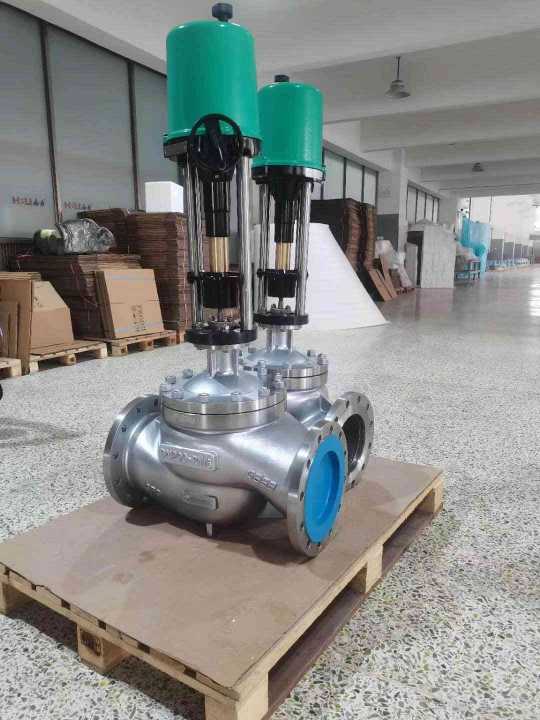The WCB Electric Single Seat Regulating Valve is a sophisticated piece of equipment used in industrial systems to precisely control the flow of fluids such as liquids, gases, and steam. This valve type is renowned for its ability to offer accurate regulation, improved system efficiency, and reduced operational costs. In industries like chemical processing, power generation, and oil and gas, ensuring that flow rates are carefully controlled is essential for optimal performance. This article delves into the features, advantages, applications, and operational mechanisms of the WCB Electric Single Seat Regulating Valve.

What is the WCB Electric Single Seat Regulating Valve? The WCB Electric Single Seat Regulating Valve is a valve with a single-seat design that is electronically actuated to regulate fluid flow. Its name, “WCB,” refers to the material of construction—WCB steel, which is a cast carbon steel often chosen for its durability, corrosion resistance, and heat tolerance. This particular valve type utilizes an electric actuator, which is connected to an automated control system to adjust the valve’s opening and closing positions based on predefined parameters, such as flow rate, pressure, or temperature.